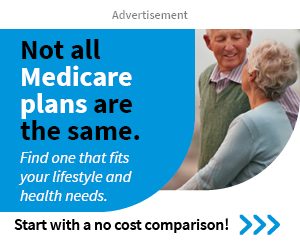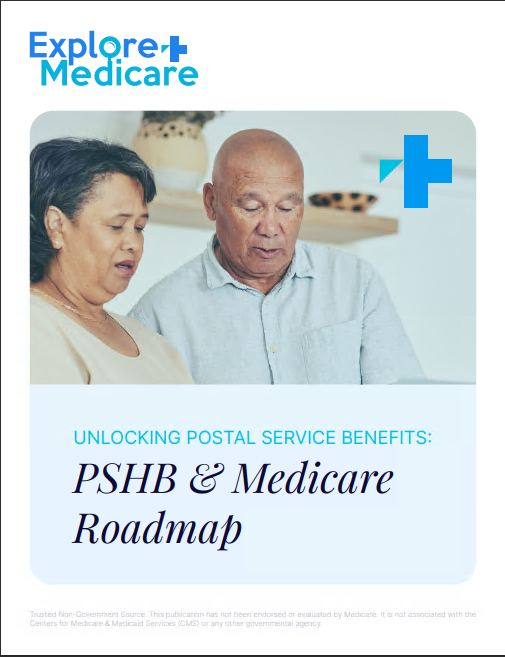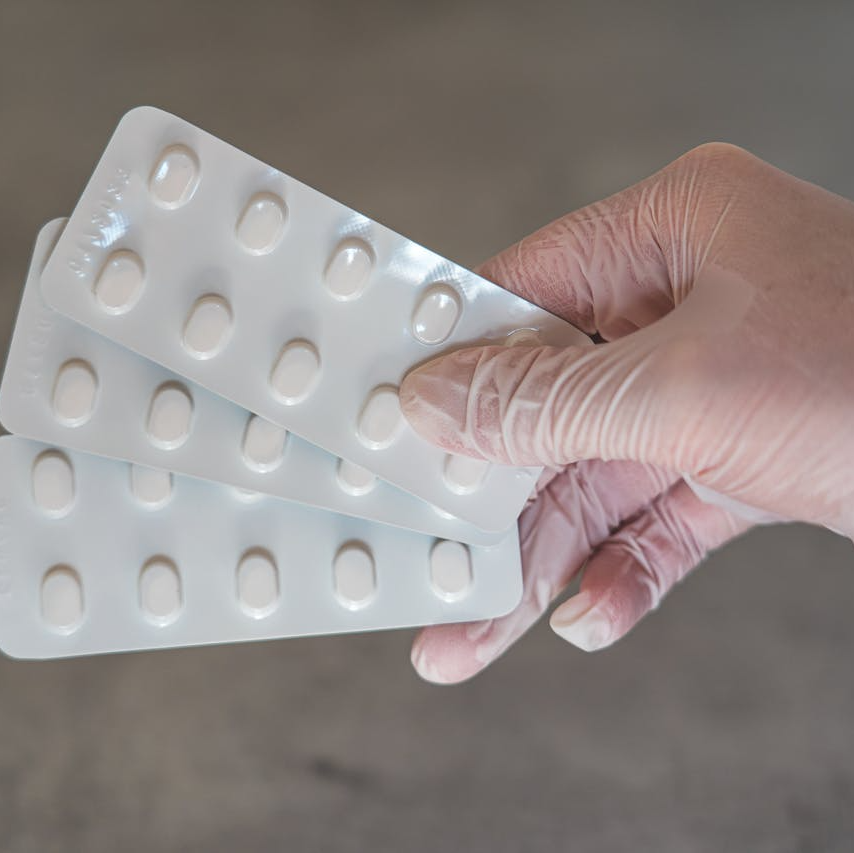Key Takeaways
-
Medicare covers both brand-name and generic prescriptions, but costs, availability, and formulary placement can vary depending on the plan you choose.
-
Understanding the differences between brand-name and generic drugs can help you make cost-effective decisions while ensuring you receive the right medication for your needs.
Understanding the Basics of Brand-Name and Generic Drugs
When you fill a prescription under Medicare, you often have the choice between a brand-name drug and its generic counterpart. But what exactly makes them different? While both types of medication serve the same purpose, their cost, formulation, and accessibility can differ in important ways.
Brand-name drugs are medications developed by pharmaceutical companies and marketed under a specific name. These drugs undergo extensive research, clinical trials, and FDA approval before being released to the public. Because of this, they tend to be more expensive, particularly before their patents expire.
Generic drugs, on the other hand, are essentially the same as their brand-name counterparts in terms of active ingredients, dosage, safety, and effectiveness. However, since they do not require the same level of research investment, they are often significantly less expensive. The FDA ensures that generic medications meet the same standards as brand-name drugs, making them a cost-effective alternative.
How Medicare Covers Brand-Name and Generic Prescriptions
Medicare provides prescription drug coverage through Medicare Part D and some Medicare Advantage plans that include drug benefits. The coverage and costs associated with these medications can vary depending on your plan and the specific drugs you take.
Medicare Part D and Drug Tiers
Medicare Part D plans categorize medications into different tiers, which impact how much you pay out of pocket. While every plan’s formulary (list of covered drugs) is different, a typical tier structure includes:
-
Tier 1: Preferred generic drugs (lowest cost)
-
Tier 2: Non-preferred generic drugs (moderate cost)
-
Tier 3: Preferred brand-name drugs (higher cost)
-
Tier 4: Non-preferred brand-name drugs (highest cost)
-
Tier 5: Specialty drugs (very high cost, often requiring prior authorization)
In general, generic drugs are placed in the lower tiers, meaning they have lower copayments or coinsurance compared to brand-name medications. However, some brand-name drugs are preferred by certain plans and may have reduced costs compared to non-preferred generics.
Cost Differences Between Brand-Name and Generic Drugs
One of the most significant differences between brand-name and generic drugs is the cost. Brand-name drugs are usually priced higher due to the costs of research, development, and marketing. Once a brand-name drug’s patent expires—typically after 20 years from the date of filing—other manufacturers can produce generic versions, which significantly reduces the cost.
Medicare beneficiaries can see substantial savings by opting for generic drugs whenever possible. For example:
-
Generic drugs can cost up to 85% less than their brand-name equivalents.
-
Some Medicare Part D plans offer even lower copayments for generics, making them an affordable option for most beneficiaries.
While savings are substantial, it’s essential to verify whether your Medicare plan covers the generic version of your prescribed medication, as formularies change annually.
Are Brand-Name Drugs Ever Necessary?
While generics provide a more affordable alternative, there are cases where a brand-name drug may be necessary. Some reasons include:
-
Medical necessity: Certain patients may have allergic reactions or sensitivities to inactive ingredients in the generic version.
-
Limited availability: Some medications may not have a generic equivalent available yet.
-
Physician recommendation: Your doctor may determine that the brand-name version is more suitable based on your medical condition.
If your doctor prescribes a brand-name drug and you prefer a generic, it’s worth discussing whether the generic option is appropriate. Likewise, if a brand-name drug is medically necessary, you may need to file an exception request with your Medicare Part D plan to get better coverage.
How Medicare Beneficiaries Can Save on Prescription Drugs
If you take multiple prescriptions, managing costs is crucial. Here are some strategies to help you save money while ensuring you get the medication you need:
1. Choose Generics When Possible
Whenever your doctor prescribes a brand-name drug, ask if a generic equivalent is available. This can significantly reduce your out-of-pocket costs, especially if your Medicare Part D plan places generics in a lower tier.
2. Compare Medicare Part D Plans Annually
Medicare drug plans change their formularies, costs, and coverage rules each year. Reviewing your plan during Medicare Open Enrollment (October 15 – December 7) can help you find a plan that covers your prescriptions at the lowest cost.
3. Use Preferred Pharmacies and Mail-Order Services
Many Medicare Part D plans offer lower prices at preferred network pharmacies or through mail-order services. If your plan has a preferred pharmacy list, filling prescriptions there may result in lower copayments.
4. Look Into Extra Help and State Assistance Programs
Medicare offers the Extra Help program, which helps lower-income beneficiaries pay for prescription drugs. Additionally, some states have pharmaceutical assistance programs that help cover medication costs for eligible residents.
5. Consider a Medicare Advantage Plan With Drug Coverage
Some Medicare Advantage (Part C) plans include prescription drug benefits, often with lower overall costs compared to standalone Part D plans. However, plan networks and formularies vary, so review options carefully.
How to Check If Your Medicare Plan Covers a Drug
Since coverage rules and formularies vary by plan, it’s essential to confirm whether your prescriptions are covered. Here’s how:
-
Review your plan’s formulary, which lists covered medications and their tier levels.
-
Use Medicare’s Plan Finder Tool to compare Part D and Medicare Advantage plans.
-
Call your plan’s customer service to ask about coverage, alternatives, or possible savings options.
If your medication is not covered or has a high out-of-pocket cost, discuss alternatives with your doctor or consider switching plans during open enrollment.
Making Informed Choices for Your Prescription Needs
Deciding between brand-name and generic drugs under Medicare depends on several factors, including cost, availability, and medical necessity. While generics are the most affordable option for many medications, brand-name drugs remain essential for some conditions.
By understanding how Medicare Part D covers prescriptions and taking advantage of cost-saving strategies, you can make informed decisions about your medications and keep expenses manageable.









